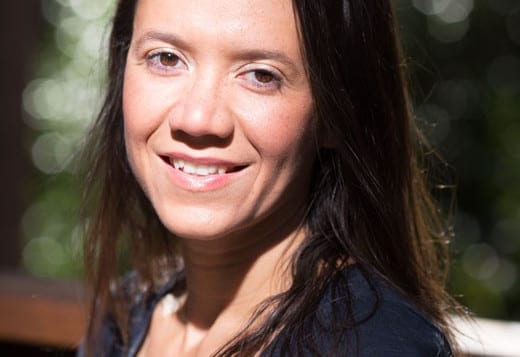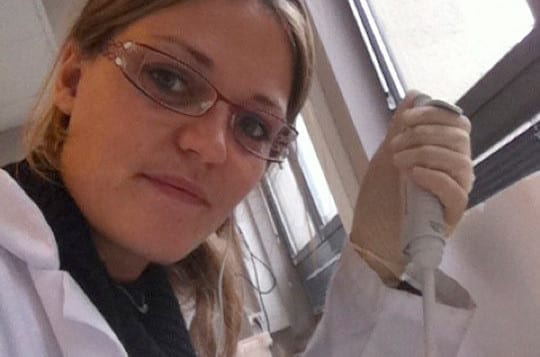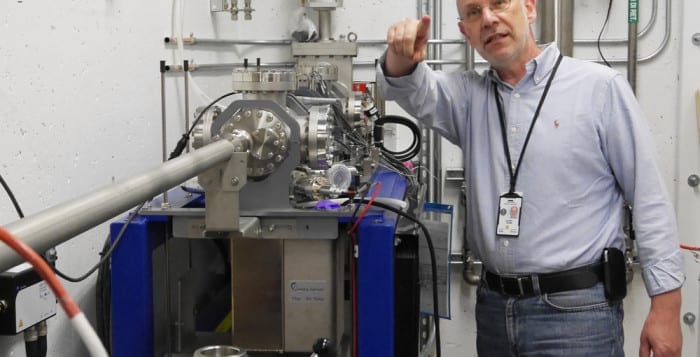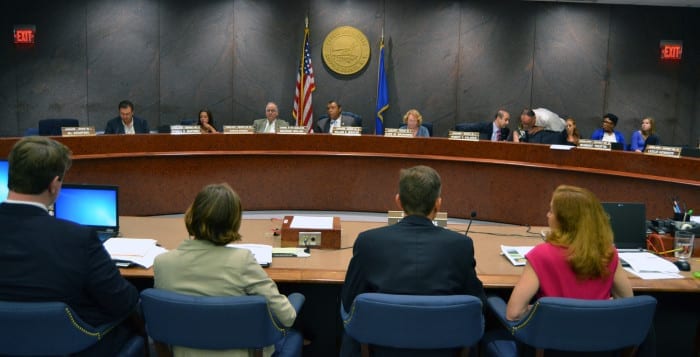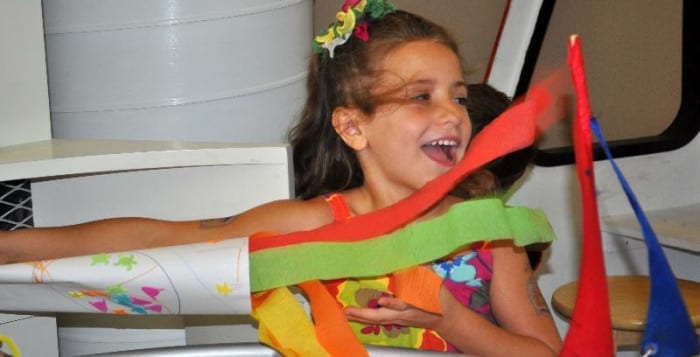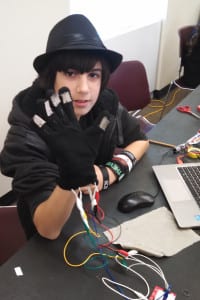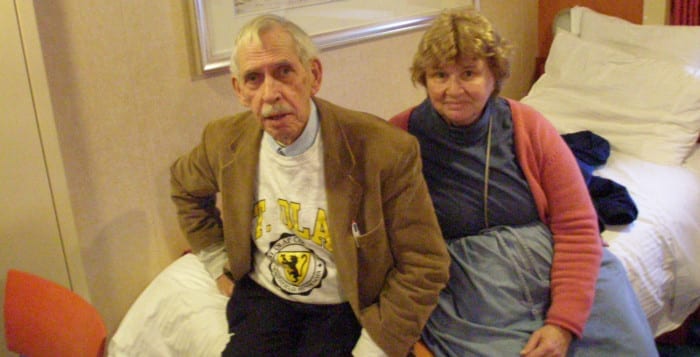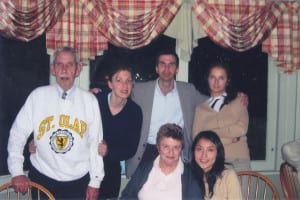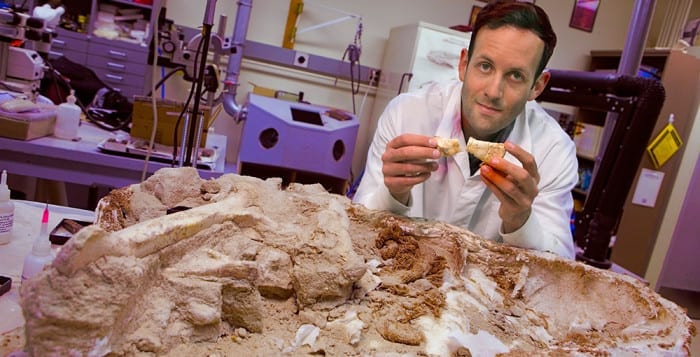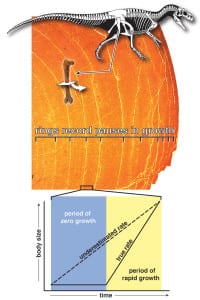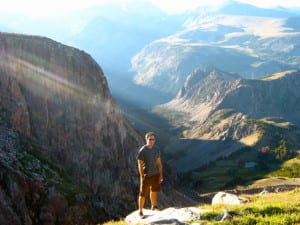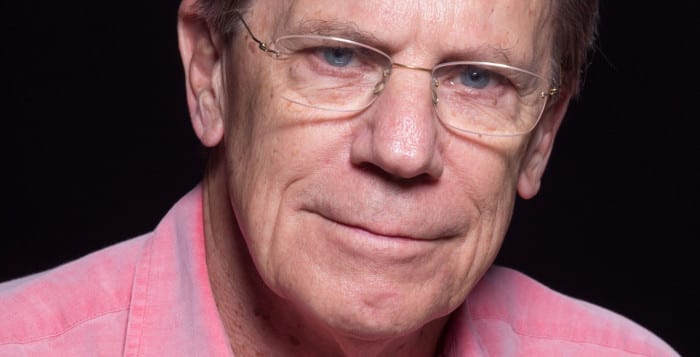By Elof Carlson
I recently had the pleasure of reading Lee Standlin’s “Storm Kings,” a short work on the history of weather forecasting and how scientists tried to figure out how storms form. The book begins with Benjamin Franklin’s discovery that lightning is electricity. I learned that Franklin was quite a showman as he toured Europe and the Colonies, showing his experiments with electricity.
I knew that much earlier people tried to interpret weather as the acts of gods. For the Norse, Thor was the god of thunder. For the Greeks, Aeolus was the deity who blew gale winds and caused ships to crash and sink under gigantic waves. For the Bible, Genesis describes the “waters above” and the “waters below,” distinguishing oceans from drenching rains as two separate creations of water.
In “Storm Kings,” we follow the bitter controversies of nineteenth century scientists who attempt to explain storm formation. Each participant is hostile to the ideas of rivals and theories collide with the ferocity of storms. But out of those debates, the Army Signal Corps was formed and established first, a series of flags to indicate weather for ships at sea and then, telegraph accounts of weather readings — temperature, barometric pressure, clouds, wind speed and direction — sent to military bases around the United States.
Politics played a role in the rivalry of contending candidates for heading up the Signal Corps and politics limited what it could forecast. Tornadoes were taboo because acknowledging them or determining their frequency would lower land values in the Midwest. The Signal Corps was cut back, had its operations shifted to the Agriculture Department and was renamed the Weather Bureau so it could be more effectively monitored by lobbyists.
After the Civil War, science began to change. Weather was seen as a complex physical process and weather fronts were identified. The collision of warm moist air from the south and cold dry air from the north led to line storms and tornadoes in the Midwest. It was not until World War II that a more thorough weather forecasting was allowed for the Weather Bureau.
What distinguishes the history of weather forecasting as a science from evolution in biology as a science is the relative absence of religious objections to the interpretation of storms and weather phenomena.
Disasters are still thought by some as visitations from God to punish the wicked. But no one would ban the teaching of the physics of storm formation or cloud formation in classrooms.
Astronomy and physics are also downgraded by some religious writers who deny the idea that objects can be more than 10 thousand light years away or that some elements in the earth have a radioactive decay rate measured in millions of years.
The brunt of the attack on science, however, is evolutionary biology, because it deals with life, and we humans are alive and aware of that existence. Most people have no clue what is meant by light years, radioactive half-lives of isotopes of elements, or the dynamics of ocean currents, wind patterns, and rising or descending masses of air. Unfortunately, almost all major religions have their origins hundreds or thousands of years ago when science was relatively new or altogether absent and the religious texts of those times reflect this.
Elof Axel Carlson is a distinguished teaching professor emeritus in the Department of Biochemistry and Cell Biology at Stony Brook University.

